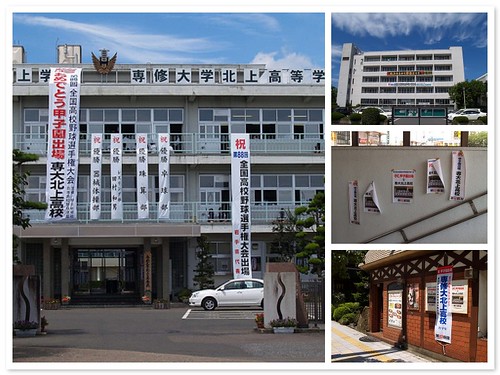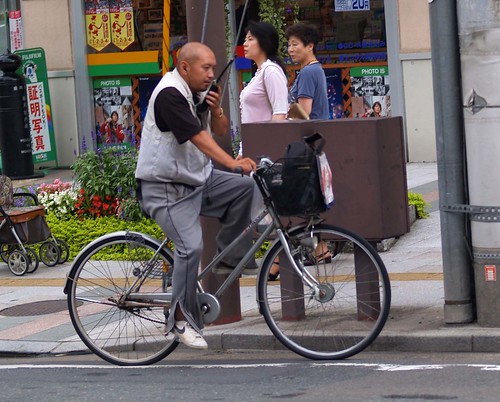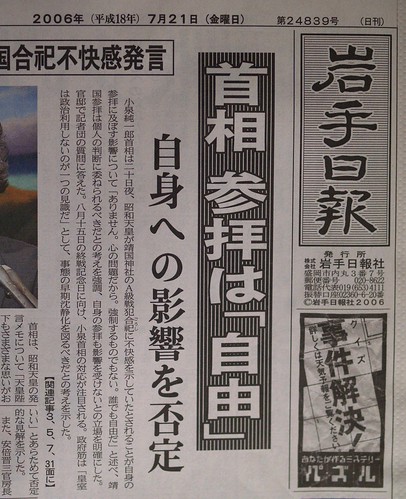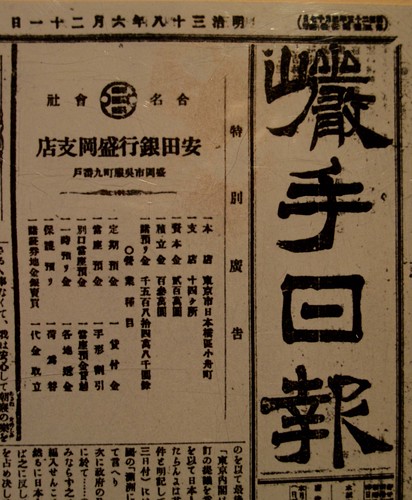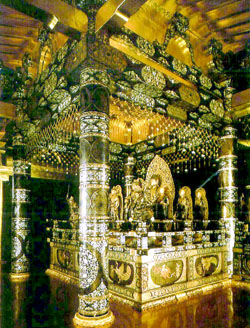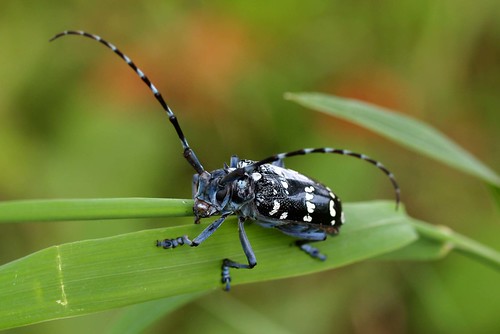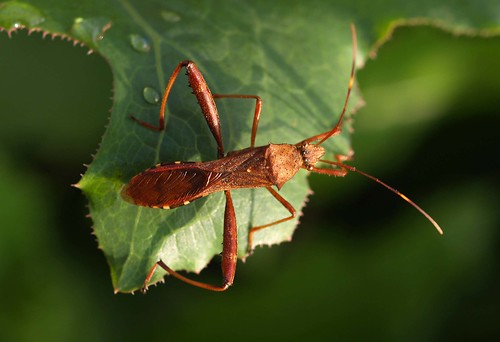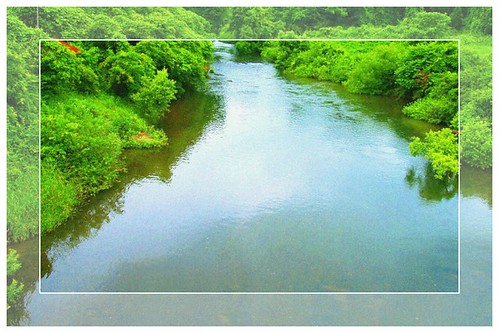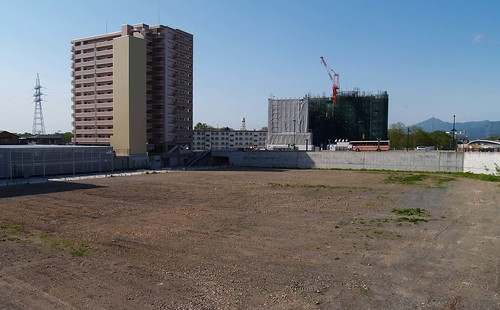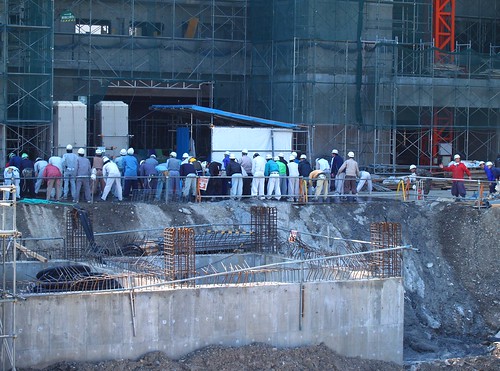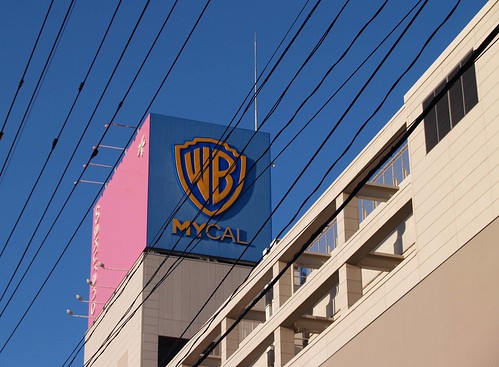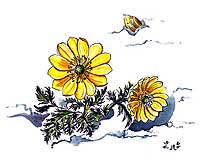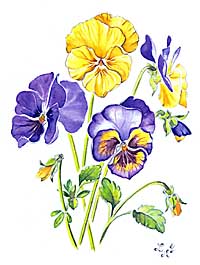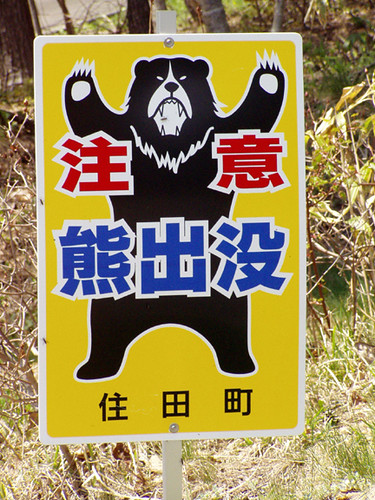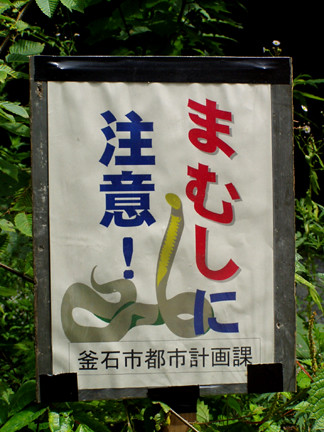Two of Iwate's native sons were Mitsumasa Yonai and Seishiro Itagaki. This newspaper article from
The Hammond (INDIANA) Times of May 8, 1939 suggests that their Iwate origins were to some extent responsible for their advancement in the military and eventually Japan's military aggression leading to WWII!
Mitsumasa Yonai served as minister of the navy under several prime ministers. Despite his opposition to an alliance with Germany and Italy he was appointed prime minister in 1940. He was forced to resign six months later but became prime minister again in 1944.
Seishiro Itagaki was appointed minister of war in 1937 and led the Japanese army in Manchuria. Promoted to general in 1941 he was convicted of war crimes in 1945 and executed in 1948.
The following passages are quoted directly from the article -
"The men who are guiding Japan’s military and naval affairs (Yonai & Itagaki) come from the nation's poorest region and commentators here see this background of poverty as a prime reason for Japan's effort to expand toward a more abundant life."
"Other high ranking officers of the fighting services have a similar background, which lends understanding to efforts to lessen the profits of Japan’s capitalists and to gain command of China's richer resources."
"Because service schools are open to the general public and because, unlike the universities, these institutions are tuition-free, the officers have mostly been able to rise from the ranks of pauper families to positions of power and prestige."
"Tohoku, homeland of today’s admirals and generals, has had a long history of famine conditions which still frequently necessitate the sale of daughters to brothels and brings wholesale deaths from starvation. These famines have often resulted in peasant uprisings."
"Japanese records reveal that between the years 1600 and 1900 there were no fewer than 1,000 uprisings most of which were put down with bloodshed. Cannibalism has been recorded as having taken place during some of the worst famines, notably that of 1788 when the populace ate grass roots until the supply gave out, ate dogs and cats until there were no more and finally, so the report reads, the outcasts turned cannibals."
The entire article,
JAPAN'S CHIEFS FIGHT WAY UP FROM POVERTY, can be read in the Iwate Buddy Library!
Labels: Mitsumasa Yonai, newspaper, prime minister, Seishiro Itagaki, WWII
